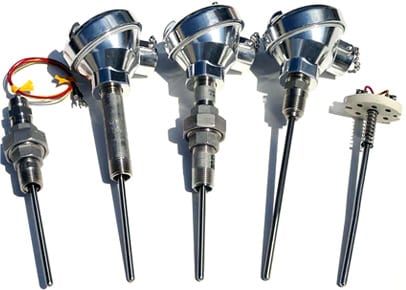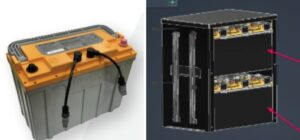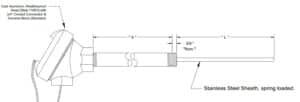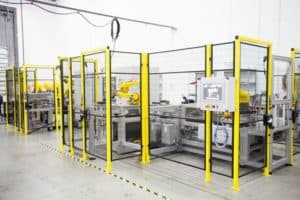Metrology Glossary: Thermocouple Break Protection
What Is Thermocouple Break Protection?
Thermocouple break protection is a safety measure for identifying and addressing thermocouple circuit failures, crucial for averting thermal runaway. This condition happens when a temperature controller misinterprets the actual process temperature due to a faulty thermocouple. To prevent this, thermocouple break protection introduces a minor electrical current into the circuit. When the circuit is intact, the current flows, and no fault is detected. However, if the circuit breaks, the current is interrupted, causing the controller to intervene by adjusting the temperature reading and regulating heat input. In summary, thermocouple break protection safeguards against thermal runaway by detecting and responding to thermocouple circuit disruptions.
What Is Thermocouple Break Protection Used For?
Process Safety:
- Preventing Thermal Runaway: Break protection serves as a crucial defense against the potential hazards arising from thermocouple failures. By detecting inaccuracies, it triggers alarms, enabling operators to intervene promptly and prevent dangerous thermal runaway situations.
- Protecting Equipment: Break protection plays a role in shielding valuable equipment from overheating. By preemptively averting thermal runaway incidents, it minimizes downtime and cuts repair costs.
Quality Control:
- Maintaining Product Quality: Break protection becomes instrumental in upholding product quality standards within manufacturing and processing industries. By guaranteeing precise temperature readings, it contributes to the production of consistently high-quality products.
- Improving Process Efficiency: Through precise temperature control, break protection optimizes reaction rates and resource utilization. This improves the level of operational efficiency, effectively reducing waste and enhancing overall process performance.
Specific Applications:
- Chemical Reactors: Safeguarding against thermocouple failures to effectively oversee and manage exothermic reactions in chemical production processes.
- Furnaces and Ovens: Guaranteeing exacting heat treatment in metalworking and diverse industries by preventing disruptions caused by thermocouple breakage.
- Power Generation: Enhancing temperature monitoring and control in turbines and various power plant components by implementing reliable thermocouple break protection.
- Food and Beverage Processing: Securing optimal and safe temperatures throughout food processing and storage operations through the implementation of robust thermocouple break protection mechanisms.
- Laboratory Experiments: Ensuring the precision of temperature data in scientific research and testing by incorporating safeguards against thermocouple breakage.

Related Terms
Further Reading







